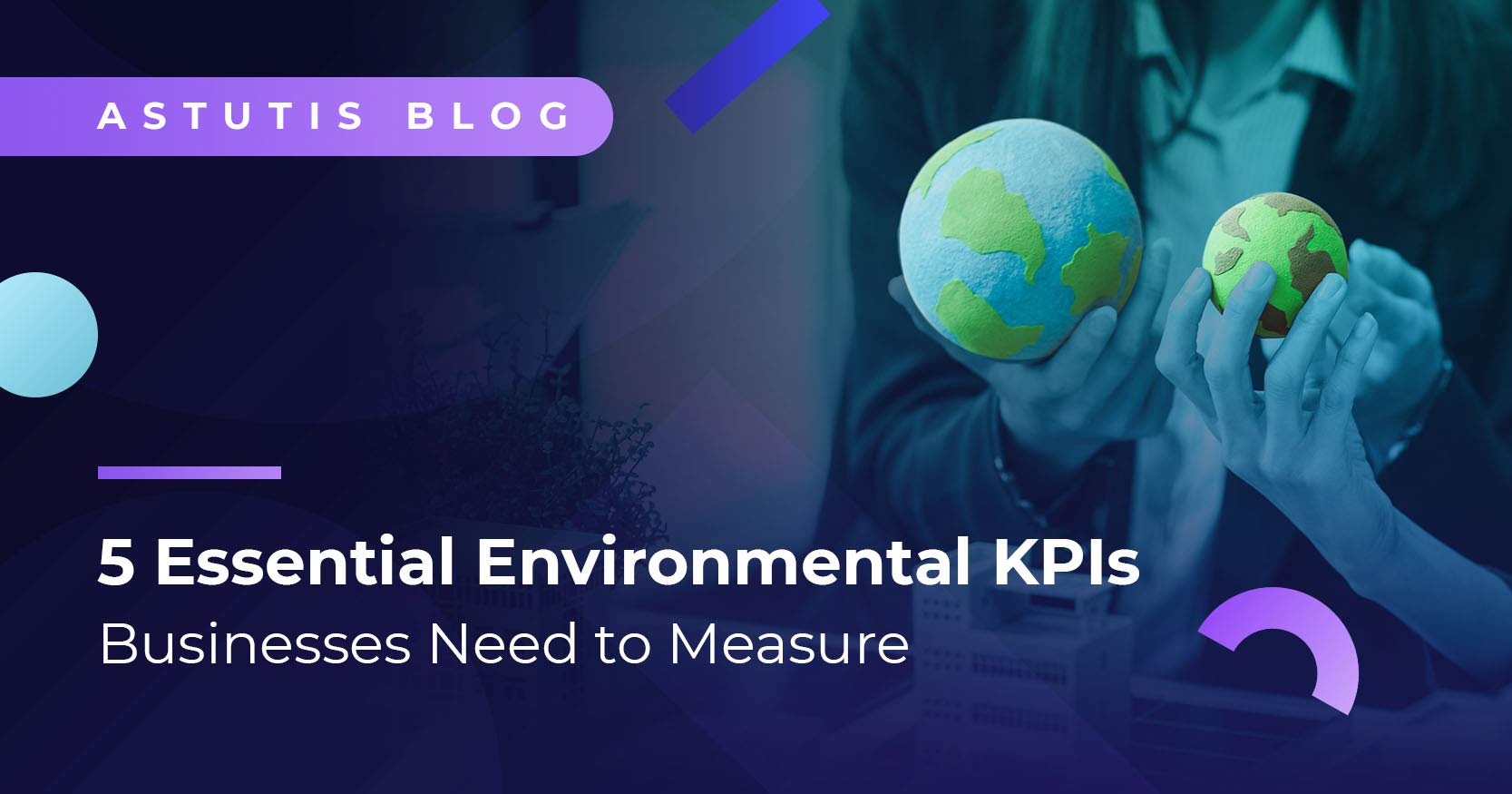How to Use Display Screen Equipment (DSE) Safely
Read the common health problems brought on by a poorly designed work station and learn how to use display screen equipment (DSE) safely.
Can you imagine life without modern technology, such as computers, smart phones and tablets? I can, it does not seem that long ago when I was in work and the telephone was in a fixed place and we used hand written documents and calculators. How things have changed in the past 25 years!
Modern equipment has allowed us all to work faster and become more productive in our working lives. But, there is a problem, our bodies can be damaged by being stuck in one position for long periods, our hands are not evolved to move very rapidly repeatedly, and our eyes become strained through staring at a screen for long periods.
We now have a greater awareness of the problems that using display screen equipment (DSE) incorrectly can cause and I will go through them, the responsibilities of employers and how to minimise the risk.
Common display screen equipment conditions
Musculoskeletal disorders
- Back and shoulder ache
- Neck strain
Injuries caused through repetition, for example Carpal Tunnel Syndrome, some even have names linking them to the technology i.e. texting thumb and tablet neck, caused when a person has the tablet on the lap and bends the neck forward causing strain. I have experienced this myself whilst reading a tablet on a train.
Whilst there is no evidence to say that DSE causes eye damage, if you stare at something 40 cm away for long periods of time, your eyes will become tired. This is compounded by the fact that long gazes at the screen will slow your blink reflex down, leaving the eyes dry and feeling tired.
Mental stress
Mental stress is often caused by work pressure, or poorly designed software, or my personal favourite thing to bug me, - a slow running computer!
Key Facts for any DSE User
Since 1992, there has been a legal requirement for organisations to manage the risks to their workers when using DSE.
The definition of DSE in the regulations has not changed: “Display screen equipment” means any alphanumeric or graphic display screen, regardless of the display process involved.
Back in 1992, there were very few laptops in use and smart phones and tablets had still to be invented, yet all of these items do fall under the definition above. Work processes have also changed; we now have the concept of “hot desking” where workers share a workstation.
What is a user?
The process of assessing risks to workers starts with the consideration of who might be considered “users”. Typical things that define a “user” are, people that have:
- Continuous spells of an hour or more
- Daily use of DSE
- Fast information transfer
- High attention and concentration of the DSE
- High dependency on the DSE
- Limited choice whether they use the DSE
- Special training or skills
Workstation assessment
If the decision is that a person is a “user” then a workstation assessment is a legal requirement. The assessment should consider:
- The desk height and its layout
- The position of the screen
- The suitability of the chair
- The position of the keyboard
- The light levels and glare from windows
The items above are all contained within most organisations’ DSE assessment arrangements and the process could be a “self-assessment” by the user or carried out by a consultant. The organisation has a responsibility to manage any issues raised effectively, make appropriate changes and reduce the level of risk.
The DSE Regulations also apply to tablets, smart phones and laptops.
How can risks be reduced?
All organisations need to consider how they can reduce the risks to the workers, although the solution may differ among employers but the basic principles will apply:
Companies need to have systems put in place to make sure all DSE users take regular breaks, where people get up and move away from the screen. Every 20 minutes is recommended to avert your eyes away from the screen and look in to the distance for 20 seconds. Regular screen breaks can play a significant role in reducing the chance of developing a DSE related health condition. It is counterproductive to promote a culture where people forget to take a break or feel they are unable to have a break due to workload and pressure.
Training is essential
All employees that use DSE need appropriate training in how to use all the relevant equipment properly such as a mouse, keyboard and chair.
A woman asked me on a consultancy visit once, to provide some assistance as her new chair was in her words “killing my back”. I thought it odd as they had very expensive chairs, but I discovered she was sitting in it, in the same position that it had been delivered in, with the seat and back tilted fully forward. She had not adjusted it. The woman said she had no idea that it could be adjusted! Perhaps this seems a simple oversight but in reality, it can be a common occurrence. Companies have a responsibility to offer everybody basic guidance in how to use equipment.
Workstation accessories
Staff using any DSE equipment need to know how to adjust the workstation and use potential accessories shown in the image below to improve their comfort. For example, stands or risers are a very common accessory we all need to make sure the top of the screen is level with our eyes. Other accessories employers may need to offer are footrests, laptop bags, input devices such as a mouse and document holders.
Hot-desking
We all are used to changing our workstation and environment on a weekly basis to suit our schedule and commitments. Hot-desking has become a feature of many peoples’ working life. Therefore training is particularly important for staff who “hot desk” so they have the basic understanding of how to adapt the different workstations to create a comfortable and safe place to work. Compare it to sharing a car with somebody, each driver needs to adjust it to suit them!
Training for mobile devices
As companies adopt more flexible working for staff, we all use mobile devices such as laptops, tablets, and smartphones much more. The design of mobile devices means that using them for a long period of time can be very uncomfortable and cause pain. Something I am sure you can identify with.
It is recommended that you limit the amount of time you spend using mobile devices and always take regular breaks. However if this is not always feasible, use accessories such as riser, keyboards and input devices. Avoid using laptops on your lap for example when travelling, as this causes the neck to be bent forward and will result in pain and stiffness.
Mobile phones
When using mobile phone avoid single-handed operations such as texting with the thumb whilst holding the phone in the same hand; use your forefinger. Hold the mobile phone up, ideally resting your arms on a table.
Tablets
Use the tablet flat on a surface or slightly angled to ensure your wrists are not in awkward positions rather than holding it.
Avoid glare on the screen. Keep it clean so you can see the display. Adjust the brightness to suit the local lighting levels. If you have to lean forward to view the screen, enlarge the image or text.
Eye tests
Organisations have to pay for an eye test to be carried out regularly for employees that use DSEs. Companies must also contribute towards any corrective eyewear provided the optician advises that this is a requirement for the DSE user.
Benefits of managing staff use of DSE
Organisations that proactively look after their staff health will benefit from increased productivity and higher performance. If you go beyond the minimum standards of legal compliance, you will reap the benefits with less days lost at work from ill health and a more motivated, engaged and happier workforce.
DSE takeaways
Remember -
- If you employ people who use DSE, you need to take action.
- Identify the users of DSE, including those that use laptops, tablets or smartphones for work purposes.
- Assess the risks on an individual basis and where needed, make relevant changes
- Make sure staff take regular breaks from using the DSE, regular breaks
- Provide training on
- the health risks that DSE can cause
- an awareness of the symptoms created for the user
- how the set up their own equipment and accessories to minimise risk.
Communicate to all staff the person that they discuss any DSE issues with.
For more information on training staff in how to use display screen equipment correctly and avoid any potential ill effects, review our short 40 minute online training suitable for your employees to use anywhere.
Are you interested in learning more about DSE? if so click below to view our IIRSM Approved DSE and Wellbeing Toolkit
Related Blogs

Real Life Stories









